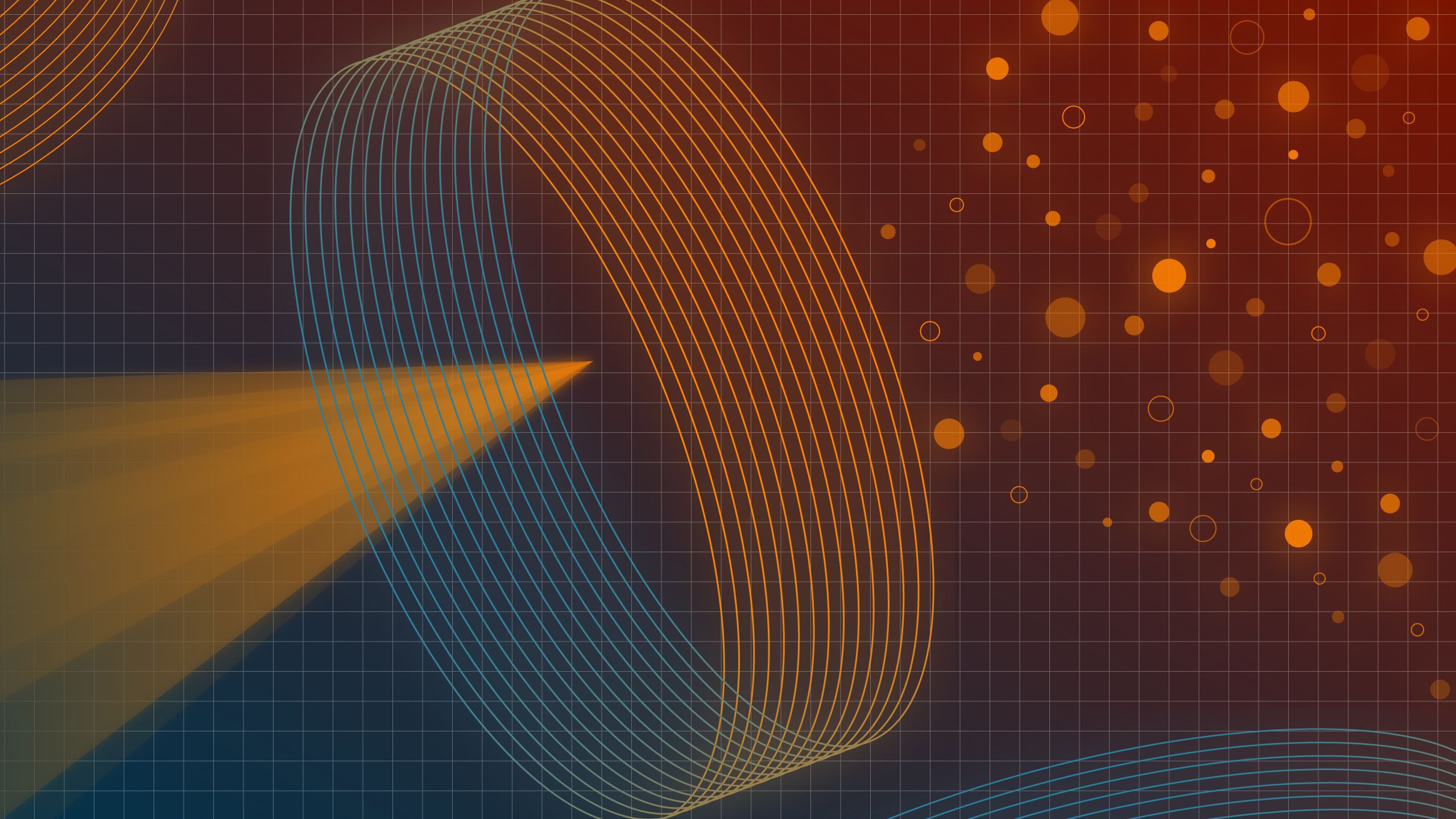Appendix: Methodology


To provide evidence of impact beyond JIFs, we have analysed Springer and BMC journals usage trends by quartile, including geographic patterns of readership. The methodology is structured as follows.
Data sources and selection criteria
JCR analysis
This analysis is based on the 2023 Journal Citation Reports (JCR), released in June 2024. The JCR categorises journals into quartiles (Q1, Q2, Q3, and Q4) based on their Journal Impact Factor (JIF). This study examines the initial rankings of journals upon their inclusion in the JCR and tracks their progression over the past five years to identify trends in academic impact. It also considers journals that are either unranked in the JCR or assigned a null ranking.
Journal imprints
Only Springer and BMC journals included in the JCR are considered, ensuring a consistent evaluation framework. To discount for the significant outliers in JIFs for the Nature Portfolio group, these titles have been excluded from our analysis.
Usage metrics
COUNTER 5 compliance: To accurately report journal usage, this study employs COUNTER 5-compliant metrics:
Total item requests
This metric quantifies requests for full-text articles across various formats (HTML, PDF etc) during the analysis period.
No license metric
This metric captures access denials experienced by users attempting to retrieve content their institution does not have rights to access.
Comparative analysis
Quartile comparison
The study compares usage metrics of Q1 and Q2 journals against those of Q3 and Q4 journals to highlight differences or similarities in reader engagement.
Overall journals usage
Quartile-specific journal usage is contrasted with overall usage metrics for all Springer and BMC journals, situating findings within the broader academic publishing landscape.
Timeframe
The analysis covers journal usage data from 2019 to 2023. This five-year period allows for a thorough examination of trends in readership and engagement, particularly focusing on how Q3 and Q4 journals have been utilised.
Subject category analysis
The analysis categorises journal usage by subject areas to identify niche domains where Q3 and Q4 journals play a significant role, revealing their importance in specific fields.
